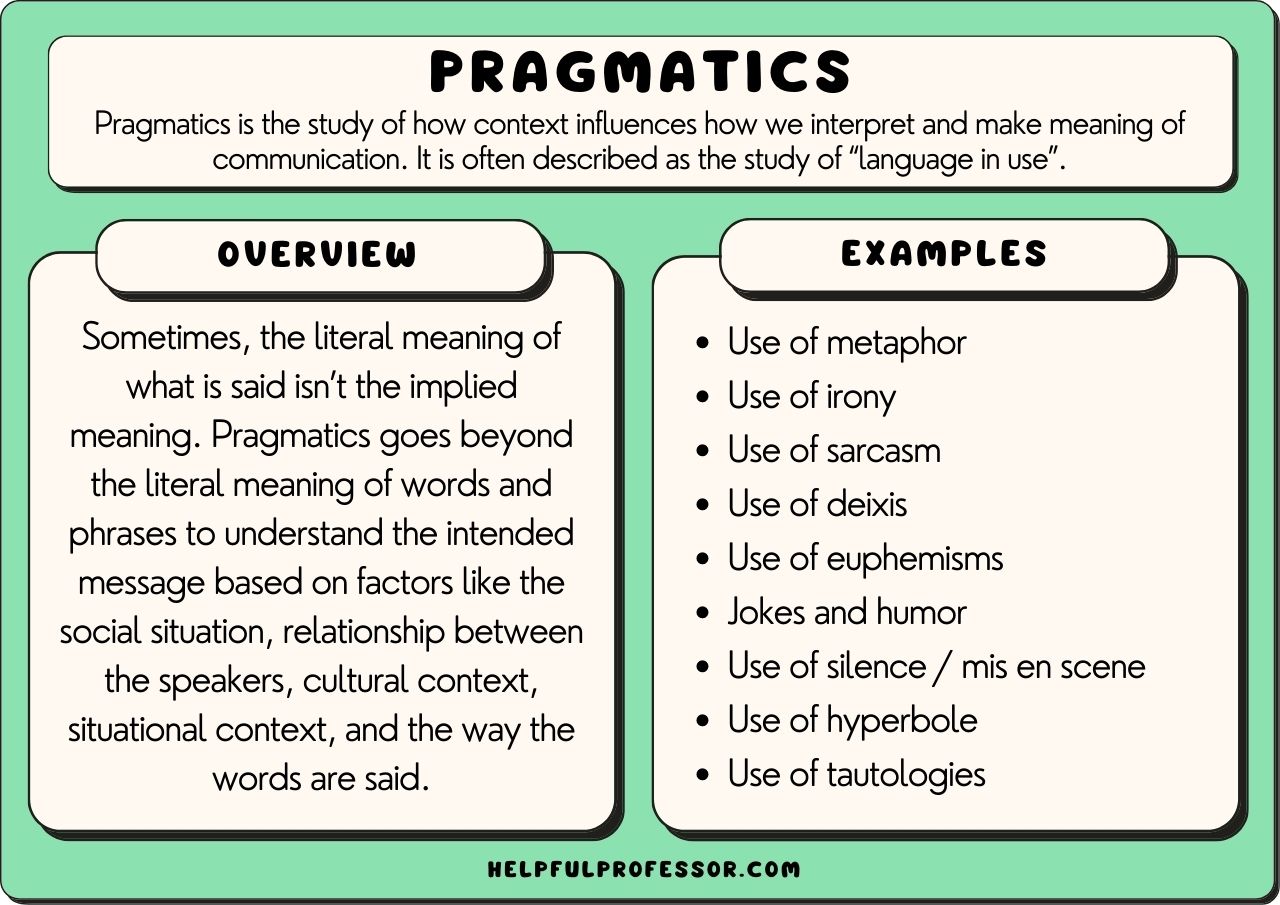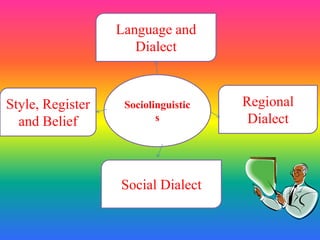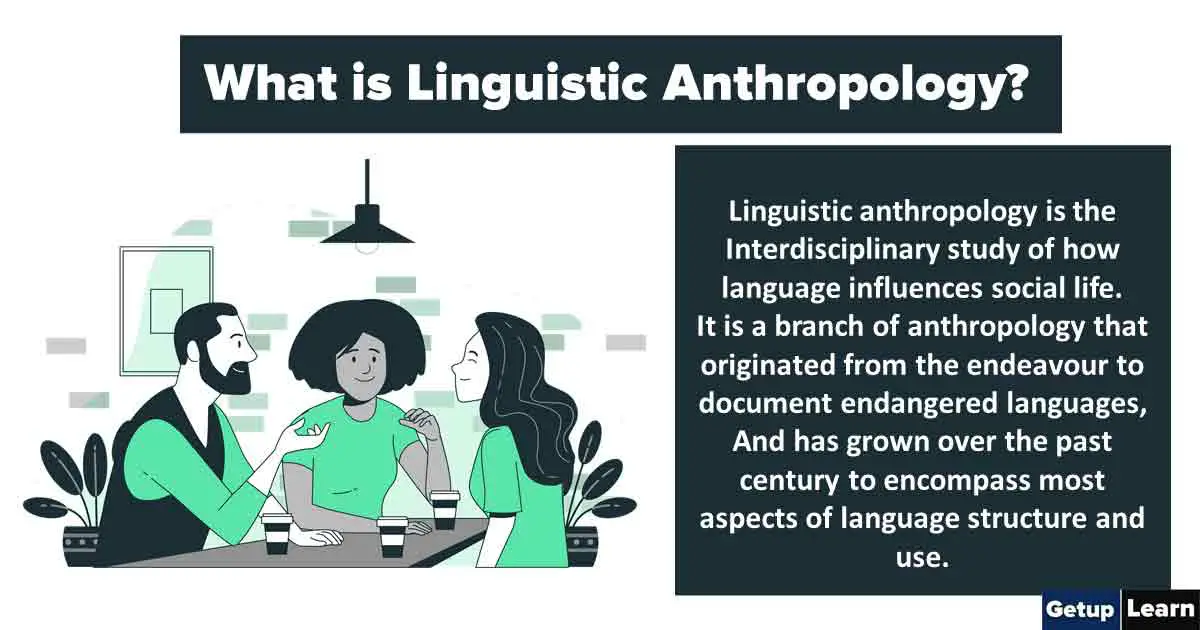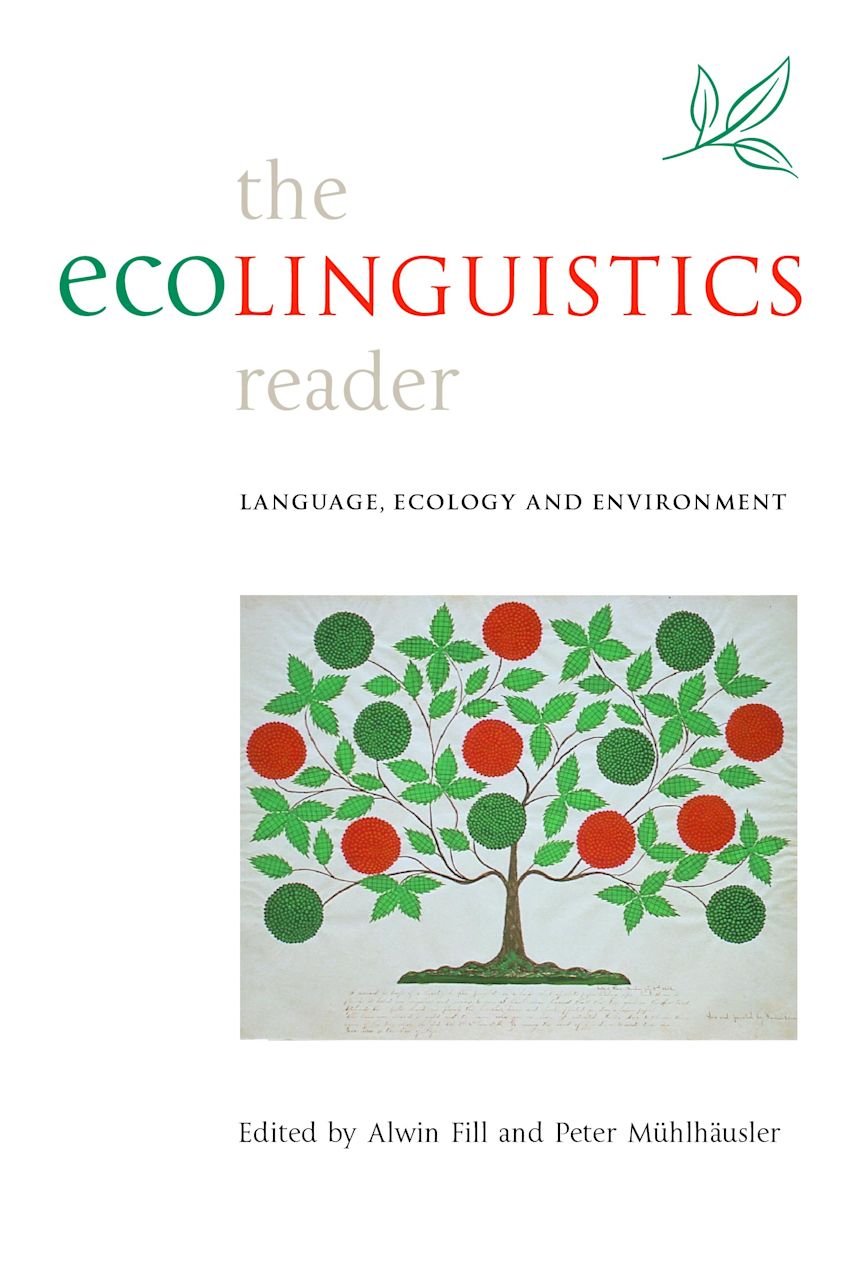Pokok Topik Kursus
- Umum
- Topic 1: Language and Linguistics
Topic 1: Language and Linguistics

Topic 1 Post Test Kuis
Terbatas Tidak tersedia, kecuali: Aktivitas 1.5 Conclusion ditandai selesai
- Topic 2: Phonetics
Topic 2: Phonetics
Topic 2 Pre Test
Topic 2 Post Test Kuis
Terbatas Tidak tersedia, kecuali: Aktivitas Topic 2 Pre Test ditandai selesaiTopic 2 Post Test
Introduction to Phonetics
- Topic 3: Phonology
Topic 3: Phonology
Topic 3 Post Test Kuis
Terbatas Tidak tersedia, kecuali: Aktivitas Topic 3 Pre Test ditandai selesaiIntroduction to Phonology
- Topic 4: Morphology
- Topic 5: Syntax
- Topic 6: Pragmatics
Topic 6: Pragmatics

Post Test Topic 6 Kuis
Terbatas Tidak tersedia, kecuali: Aktivitas Pre Test Topic 6 ditandai selesai
- Topic 7 : Stylistics
Topic 7 : Stylistics
Post Test Topic 7 Kuis
Terbatas Tidak tersedia, kecuali: Aktivitas 7.1 Introduction to Stylistics ditandai selesai7.2 Levels of Stylistics Analysis Halaman
Terbatas Tidak tersedia, kecuali: Aktivitas 7.1 Introduction to Stylistics ditandai selesai7.3 Literary Devices and Foregrounding Halaman
Terbatas Tidak tersedia, kecuali: Aktivitas 7.2 Levels of Stylistics Analysis ditandai selesai7.4 Genres, Register and Authorial Styles Halaman
Terbatas Tidak tersedia, kecuali: Aktivitas 7.3 Literary Devices and Foregrounding ditandai selesai7.5 Computational and Corpus Stylistics Halaman
Terbatas Tidak tersedia, kecuali: Aktivitas 7.4 Genres, Register and Authorial Styles ditandai selesai7.6 Conclusion Halaman
Terbatas Tidak tersedia, kecuali: Aktivitas 7.5 Computational and Corpus Stylistics ditandai selesai
- Topik 8: Mid Term Exam
Topik 8: Mid Term Exam
#UTS (Evening Class) Kuis
Terbatas Tidak tersedia, kecuali:- Anda termasuk Semester 2 Evening Class
- Itu sebelum 17 May 2025, 23:55
MID TERM TEST Kuis
Terbatas Tidak tersedia, kecuali: Anda termasuk Semester 2 PAGIMID TERM TEST_REMEDIAL Kuis
Terbatas Tidak tersedia, kecuali: Anda termasuk Semester 2 PAGI
- Topic 9: Semantics
Topic 9: Semantics
Post Test Topic 9 Kuis
Terbatas Tidak tersedia, kecuali: Aktivitas Pre Test Topic 9 ditandai selesai
- Topic 10: Systemic Functional Grammar
Topic 10: Systemic Functional Grammar
Topic 10 Post Test Kuis
Terbatas Tidak tersedia, kecuali: Aktivitas Topic 10 Pre Test ditandai selesai
- Topic 11: Sociolinguistics
Topic 11: Sociolinguistics

Topic 11 Post Test Kuis
Terbatas Tidak tersedia, kecuali: Aktivitas Topic 11 Pre Test ditandai selesai
- Topic 12: Psycholinguistics
Topic 12: Psycholinguistics

12.2 Core Components of Language Processing Halaman
Terbatas Tidak tersedia, kecuali: Aktivitas 12.1 Introduction to Psycholinguistics ditandai selesai12. 3 Major Sub-fields of Psycholinguistics Halaman
Terbatas Tidak tersedia, kecuali: Aktivitas 12.2 Core Components of Language Processing ditandai selesai12.4 Prominent Theories and Models Halaman
Terbatas Tidak tersedia, kecuali: Aktivitas 12. 3 Major Sub-fields of Psycholinguistics ditandai selesai12.5. Research Methodologies and Practical Applications Halaman
Terbatas Tidak tersedia, kecuali: Aktivitas 12.4 Prominent Theories and Models ditandai selesai12.6 Conclusion Halaman
Terbatas Tidak tersedia, kecuali: Aktivitas 12.4 Prominent Theories and Models ditandai selesai
- Topic 13: Anthropolinguistics
Topic 13: Anthropolinguistics

Post Test Topic 13 Kuis
Terbatas Tidak tersedia, kecuali: Aktivitas Pre Test Topic 13 ditandai selesai
- Topic 14 Discourse Analysis
- Topic 15 Ecolinguistics
Topic 15 Ecolinguistics

Post Test Topic 15 Kuis
Terbatas Tidak tersedia, kecuali: Aktivitas Pre Test Topic 15 ditandai selesai
- Final Test (UAS)
Final Test (UAS)

FINAL TEST SEM 2 PAGI Kuis
Terbatas Tidak tersedia, kecuali: Anda termasuk Semester 2 PAGIFINAL TEST SEM 2 EVENING Kuis
Terbatas Tidak tersedia, kecuali: Anda termasuk Semester 2 Evening Class